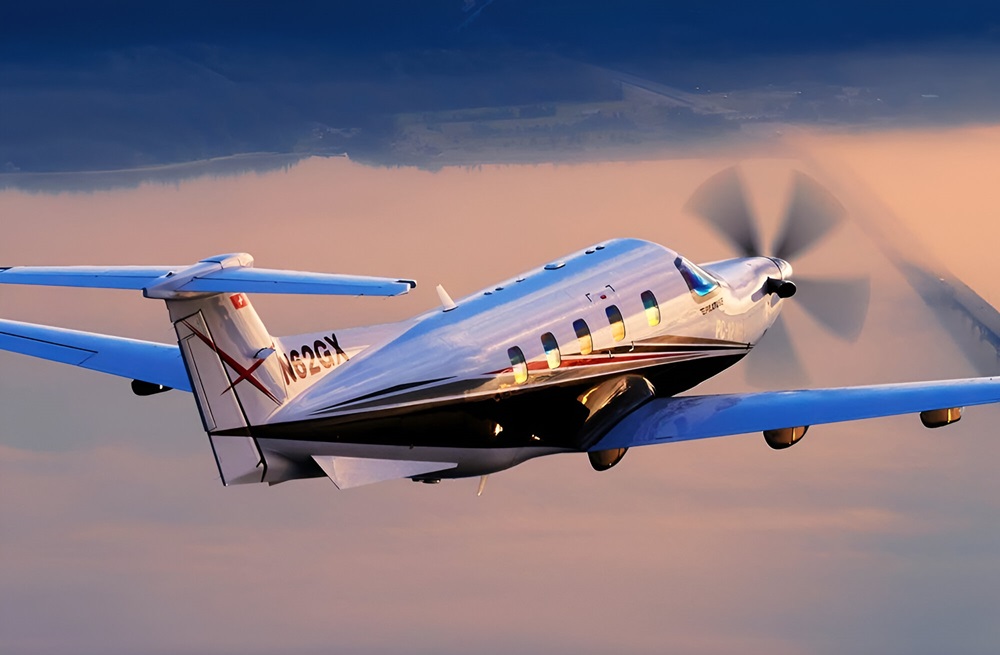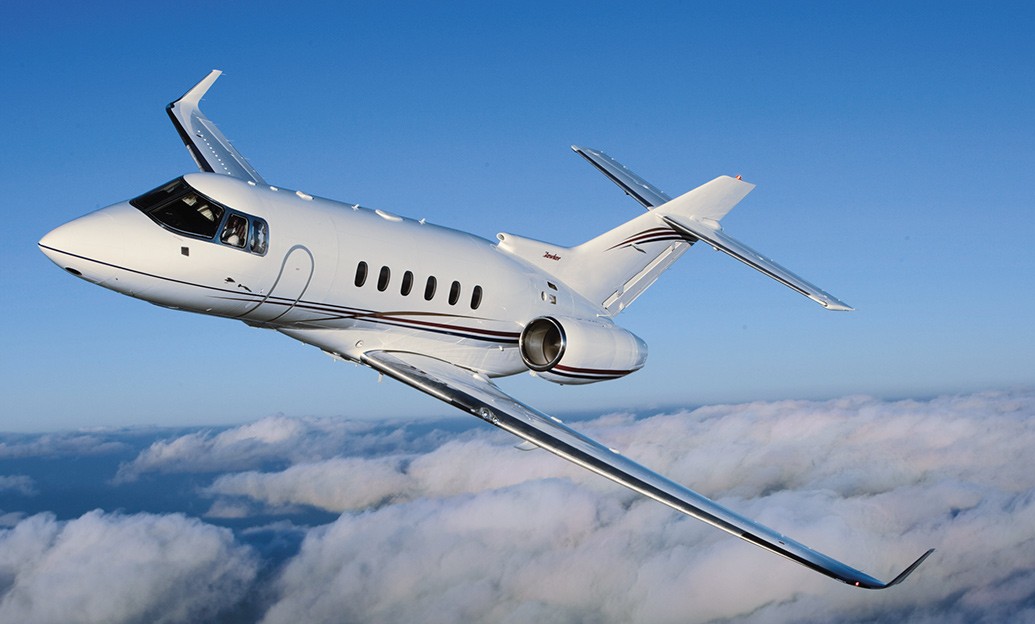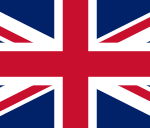Traveling for business or leisure, you expect convenience, privacy, and unparalleled service. When chartering a private aircraft, your choice between a light jet and turboprop plane impacts all three factors. These smaller aircraft offer distinct advantages and limitations in performance, cabin space, operating costs, and accessibility to smaller airports.
Understanding the nuances will ensure you select the optimal aircraft to meet your mission requirements. While both deliver a seamless luxury experience, the decision comes down to your specific needs for range, speed, passenger capacity, and budget. Explore the key considerations for choosing between these versatile private travel options.
Light Jet or Turboprop Plane: How to Choose For Your Next Private Charter
Speed and Range
When it comes to speed and range, light jets generally have the edge over turboprop planes. Light jets like the Cessna Citation CJ4 can cruise at over 500 mph with a range exceeding 2,000 miles. In contrast, popular turboprops like the Pilatus PC-12 have a lower cruising speed around 320 mph and max range of 1,800 miles.
Cabin Comforts
Cabin size and amenities are another key consideration. Light jets typically offer more spacious cabins that can accommodate 6-8 passengers, while turboprops have smaller interiors for 4-6 people. The stand-up cabins on light jets like the Beechjet 400A provide greater comfort on longer flights.
Cost Factors
Turboprop charters are generally more cost-effective, with hourly rates starting around $3,000. Light jet hourly pricing begins at roughly $5,800. For shorter regional trips, a turboprop may be the budget-friendly choice, while light jets make sense for longer-distance travel to maximize efficiency.
Airport Access
One advantage of turboprops is their ability to land on shorter runways, providing access to smaller airports closer to your destination. Light jets require longer runways, which may mean flying into a larger, more distant airport.
Aircraft Performance and Suitability For Your Flight

Speed and Range
For longer flights where time is critical, light jets offer faster cruising speeds and higher altitudes, making them better suited than turboprops. The Cessna Citation CJ4 jet cruises at 522 mph with a range of nearly 2,200 miles. In contrast, turboprops like the popular Pilatus PC-12 fly at 322 mph but with a maximum range of 1,800 miles.
Cabin Comfort
Light jets typically accommodate 6-8 passengers in a more spacious cabin with enhanced amenities. Turboprops offer slightly less room, with the PC-12 seating up to 6. However, newer turboprop models prioritize noise reduction and passenger comfort.
Runway Access
Turboprops have an advantage in their ability to land on shorter runways, potentially allowing you to arrive closer to your final destination. Jets require longer runways, which may be farther from city centers.
Overall Value
While turboprop charters are generally more cost-effective with rates from $1,600 to $2,300 per hour, light jets priced around $2,500 to $3,400 hourly can provide better value for longer flights leveraging their speed and range advantages.
Cabin Space in Light Jets vs. Turboprop Planes
Spacious Jet Cabins
Light jets are designed to offer a more spacious and luxurious cabin experience compared to turboprop planes. With seating for 6-8 passengers, jets like the Cessna Citation CJ4 provide ample room to stretch out, along with 77 cubic feet of cargo space. The cabins feature reclining leather seats, stand-up headroom, and private lavatories for added comfort.
Compact Turboprop Interiors
While not as spacious as light jets, turboprop planes can still accommodate smaller groups comfortably. The popular Pilatus PC-12, for example, seats up to 6 passengers and offers 40 cubic feet of baggage storage. Turboprop cabins utilize flexible seating arrangements and noise reduction technology to maximize space and comfort.
Balancing Needs and Preferences
For those prioritizing cabin space and amenities, a light jet may be the preferred choice. However, turboprops can be better suited for certain missions, such as accessing smaller airports or hauling oversized cargo. By evaluating your specific needs – number of travelers, baggage requirements, and comfort preferences – you can determine the ideal aircraft for your next private flight.
Cost Comparison of Chartering a Light Jet vs Turboprop Plane
Light Jet Charter Costs
Chartering a light jet typically costs between $6,000 to $7,000 per hour. These sleek aircraft accommodate 6-7 passengers and are well-suited for regional business or leisure trips. Factors like aircraft size, amenities, and travel dates influence the exact hourly rate.
For example, a short domestic light jet flight might cost around $7,000 to $12,000. Longer routes maximize a light jet’s range capabilities but incur higher total costs.
Turboprop Charter Savings
Turboprop planes offer a more economical private travel option, with charter rates generally $4,000 to $5,000 per hour. While seating slightly fewer passengers (4-8), turboprops are ideal for shorter hops up to 1,000 miles.
A turboprop charter for domestic flights under 1,000 miles may cost $4,000 to $5,500 – potentially saving thousands versus a comparable light jet mission. Their lower operating costs make turboprops a budget-friendly choice for regional travel.
Personalized Quote
Ultimately, the cost difference between chartering a light jet or turboprop depends on your specific travel needs. Contact Haute Jets for a personalized quote comparing aircraft options for your ideal route, dates, passenger count and desired amenities. Our expertise ensures you receive the optimal aircraft at a fair price.
Safety and Reliability: Our Commitment at Haute Jets

Rigorous Auditing Process
At Haute Jets, safety is our top priority. We meticulously audit every aircraft’s maintenance records, crew qualifications, and the operator’s safety history before approving any flight. Our stringent vetting ensures you can travel with complete peace of mind.
Best-in-Class Aircraft and Crews
We partner exclusively with operators who maintain impeccable safety standards and utilize the latest, most advanced aircraft models. All crews undergo comprehensive training and must meet the highest experience requirements in their class. You can count on Haute Jets for a smooth, secure journey from start to finish.
Dedicated Safety Management
Our in-house safety team continuously monitors global aviation data and regulations, enabling us to implement preemptive measures. We also have robust emergency response protocols in place to handle any situation promptly and professionally. Your wellbeing guides every decision we make.
Commitment to Excellence
From booking to landing, we adhere to stringent safety protocols that exceed industry requirements. Haute Jets’ unwavering dedication to reliability allows you to focus on what matters most – an exceptional private travel experience tailored to your preferences.
Light Jet Charter FAQs
What are the key advantages of light jets?
Light jets offer an excellent balance of speed, range, and cabin comfort for private air travel. Many light jet models cruise at over 500 mph, allowing you to reach regional destinations quickly. The Beechjet 400A, for example, has a max cruise speed of 463 mph. Yet light jets also provide impressive range – the Pilatus PC-24 can fly up to 2,000 miles nonstop. Their spacious cabins, often with stand-up headroom for 6-8 passengers, ensure a comfortable journey.
How much does a light jet charter cost?
Light jet charter costs vary but typically start around $5,800 per hour. Factors like routing, aircraft availability, and amenities can impact pricing. Turboprop charters are usually more economical, with hourly rates from around $3,000. An experienced charter provider like Haute Jets can review your needs and provide a custom quote.
What are the top light jet models?
Some of the most popular light jets for private charter include the Cessna Citation series, Embraer Phenom 300, Hawker 400XP, and Bombardier Learjet models. The Citation CJ4, for instance, offers seating for 7, a range of 2,165 miles, and a cruise speed over 500 mph. Haute Jets has access to a diverse fleet of light jets to meet varying travel needs.
Conclusion
In the end, your choice between a light jet charter and turboprop plane depends on your specific needs and priorities. Consider the mission requirements, passenger and cargo capacity, range, runway access, and budget. Regardless of your preference, you can rest assured that Stratos’ rigorous safety standards ensure a reliable and worry-free experience every time you take to the skies. With the flexibility of on-demand private aviation, your next journey awaits – book with confidence and arrive revitalized.

















































